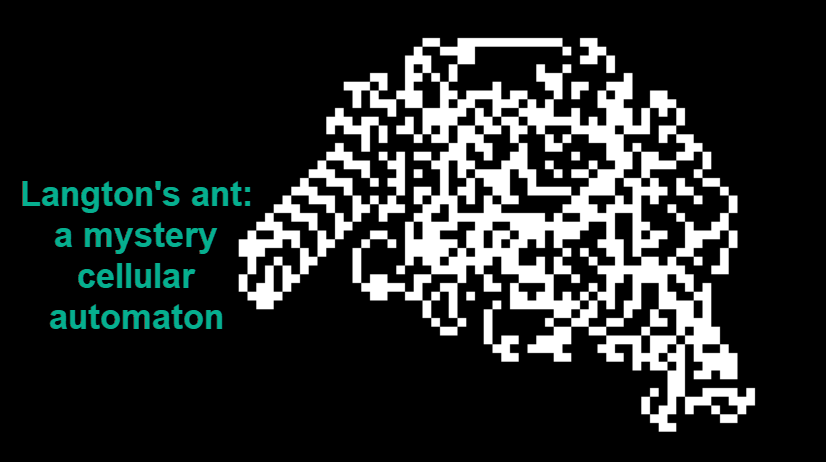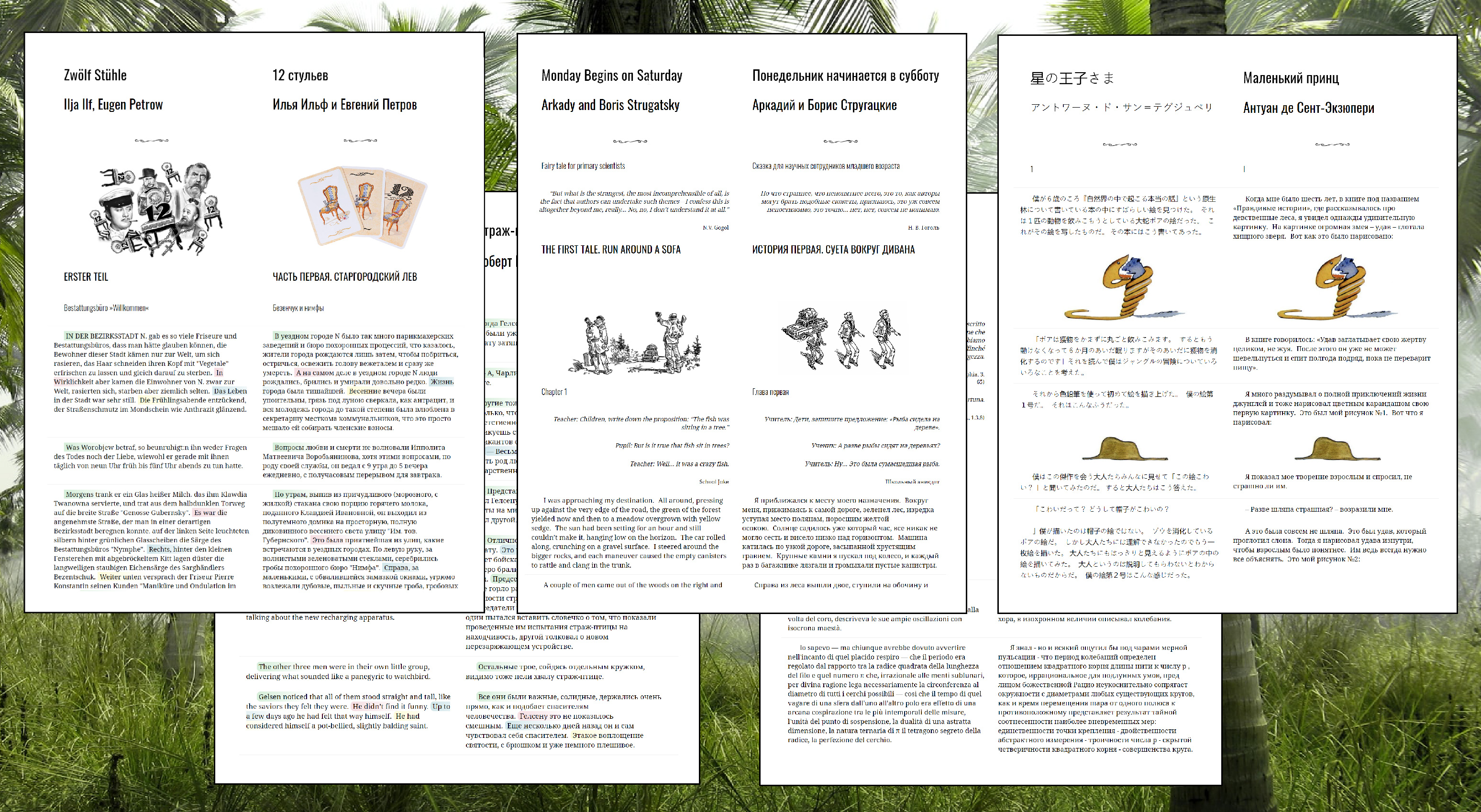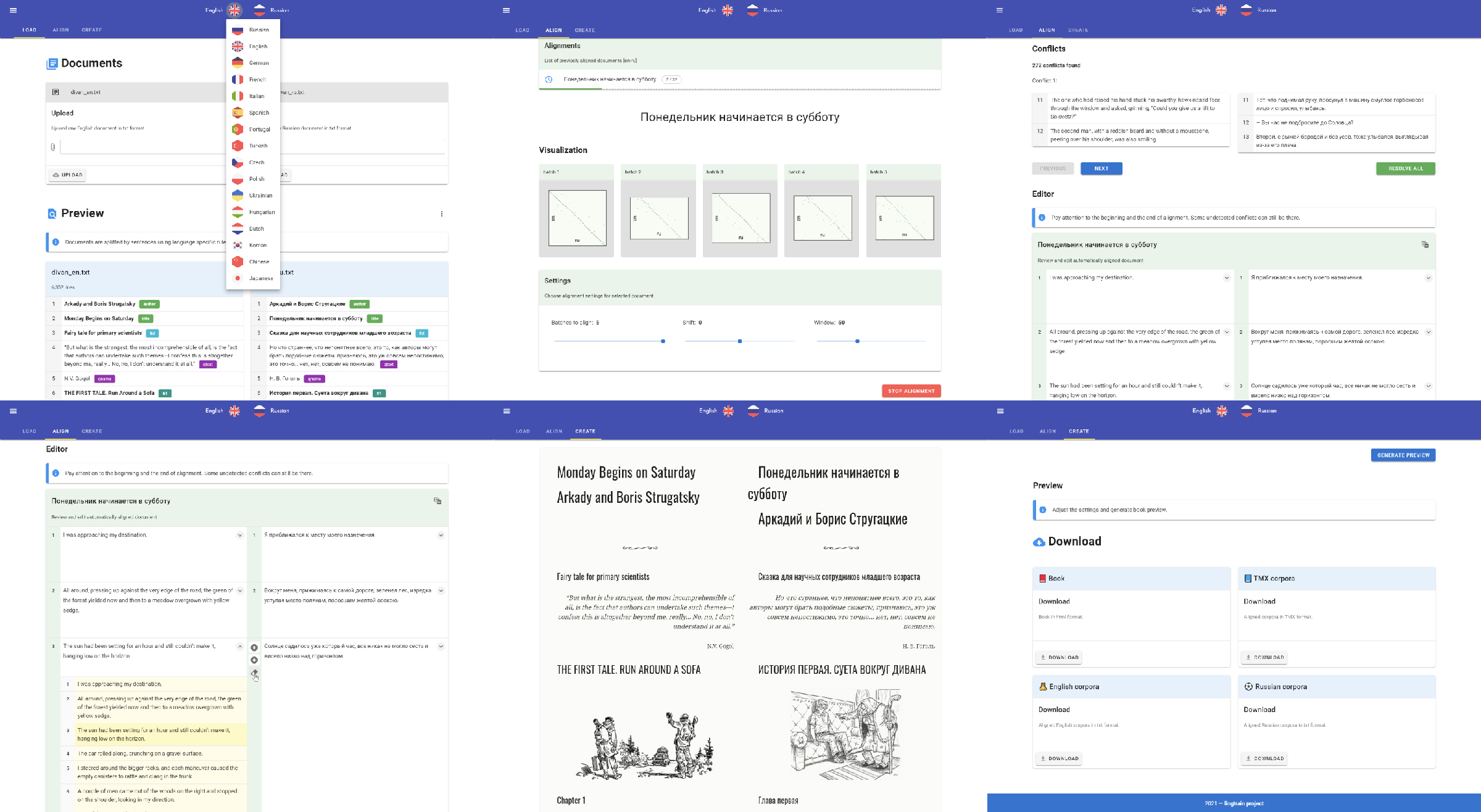ANPR using RoR & React Native

Abstract
Due to the never-ending increase in volume of vehicles surrounding our daily lives, Automatic Number Plate Recognition (ANPR), has become an evolving solution for managing and monitoring vehicles worldwide to enforce rules and prevent criminal activities, such as parking violation, red light violation, speeding, and vehicle theft. Although there is already a variety of public and private methods and libraries that have been developed and are used to achieve the automatic recognition of car license plate numbers around the world, there has not been much focus on making advancements toward a cross platform ANPR solution that supports all vehicle license plates worldwide. This paper introduces the Plate Vision project, a web and mobile application built on Ruby on Rails and React Native, which aims to serve as an alternative ANPR platform that supports detection of all license plates worldwide by utilizing various open source optical character recognition (OCR) libraries and making efficiency optimizations.
Key words and phrases: ruby, rails, react native, license plate recognition, plate region extraction, optical character recognition (OCR), ANPR.
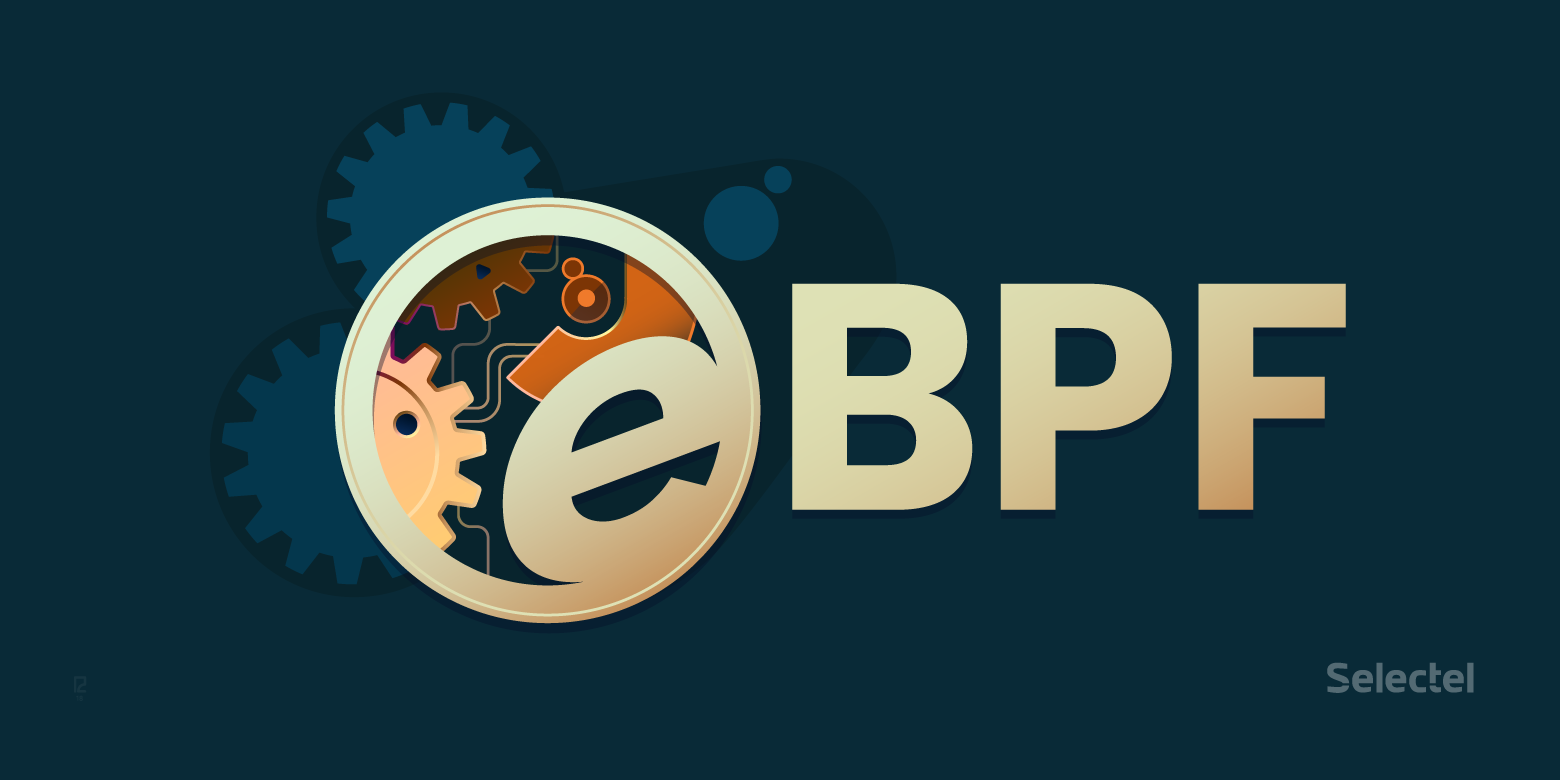




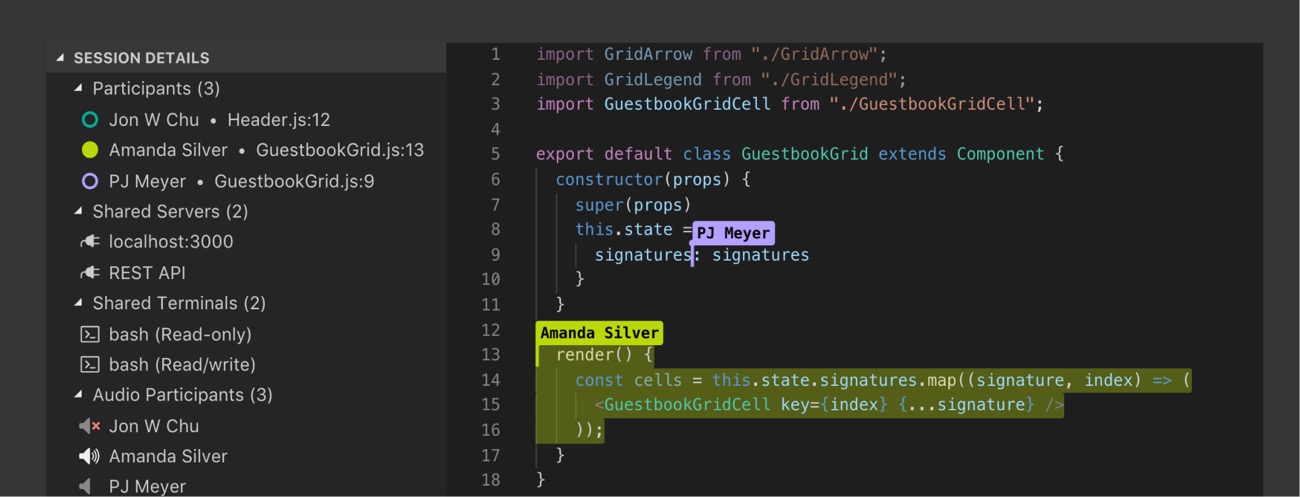
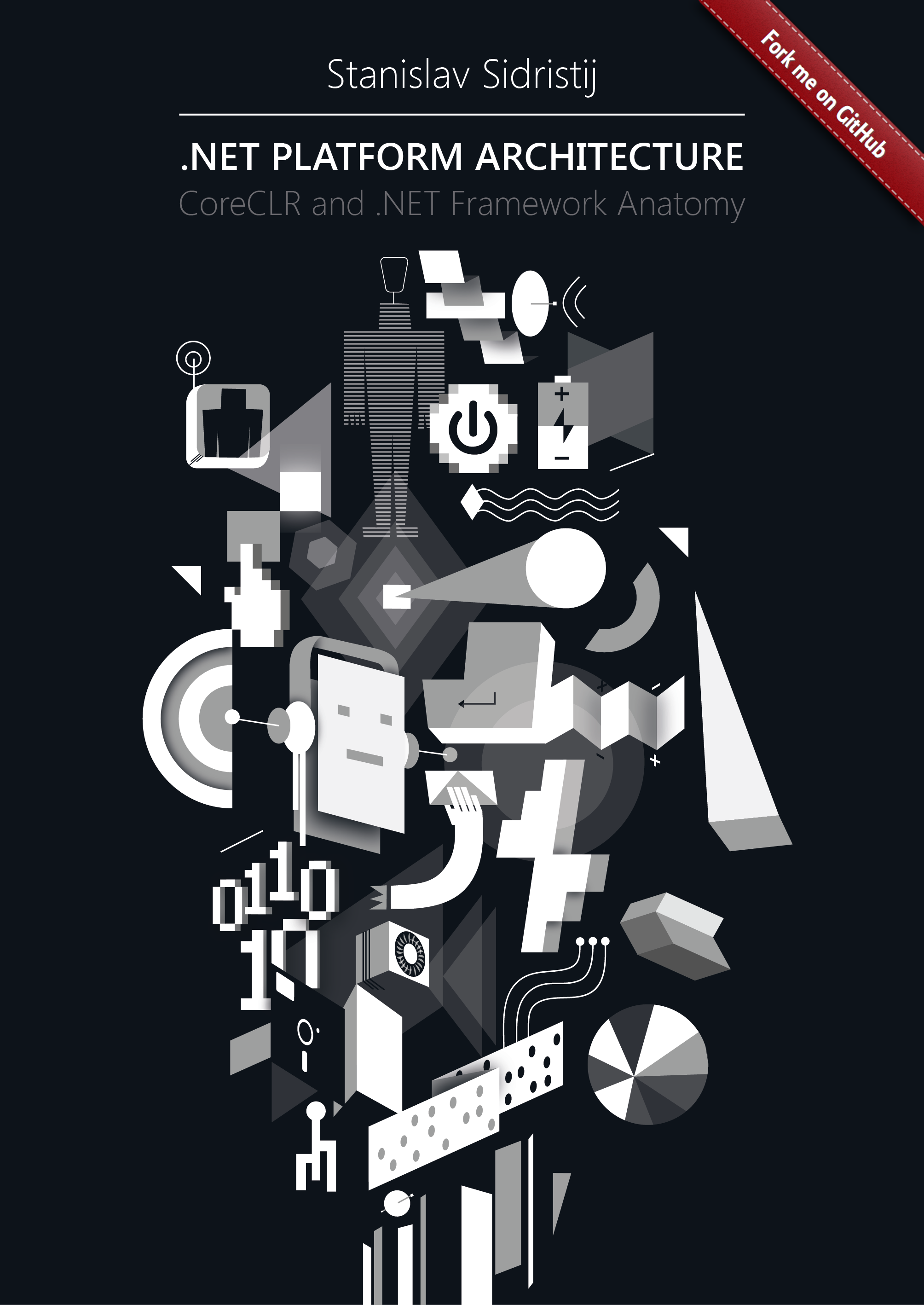
 This chapter was translated from Russian jointly by author and by
This chapter was translated from Russian jointly by author and by 




